- Product
- Solution for
For Your Industry
- Plans & Pricing
- Company
- Resources
For Your Industry
In today’s fast-paced digital landscape, the traditional retail experience has transformed significantly. Shoppers are no longer confined to a single channel but seamlessly navigate between online, mobile, and in-store shopping experiences. According to recent studies, 49% of consumers seek a more cohesive, integrated shopping experience across these touchpoints. The linear consumer journey of the past has given way to a fluid, non-linear path, where digital and physical interactions blend into a unified experience.
Some consumers begin their journey online, researching reviews, comparing prices, and exploring product details before visiting a physical store to interact with the item firsthand. Others start in-store, examining products in person but ultimately completing their purchase online to take advantage of better deals or delivery options. This back-and-forth behavior highlights how deeply interconnected the retail landscape has become, with 65% of shoppers comparing prices on their mobile devices while standing inside a brick-and-mortar store.
At the heart of this interplay lies a critical juncture: the consumer decision point. This pivotal moment determines whether a shopper proceeds with a purchase, delays the decision, or abandons it altogether. Retailers must recognize that all inputs—price, availability, promotions, product information, and customer reviews—converge at this moment. Any misalignment, such as conflicting prices between online and in-store displays or inaccurate inventory information, can erode trust and drive customers toward competitors.

The consumer decision point is where everything comes together to influence the final choice: pricing, promotions, product details, stock availability, and customer feedback. With the rise of price comparison tools, customer reviews, and social media recommendations, shoppers have more power than ever to evaluate competing options in real time. A single click can reveal better pricing, faster shipping, or a more compelling promotion elsewhere. Retailers that fail to provide consistent, transparent, and compelling information at this moment risk losing customers to competitors who do.
Imagine a consumer is about to complete a purchase when they notice a discrepancy between online and in-store pricing. Or worse, they discover that an item listed as “available” on a website is out of stock when they visit the store. These inconsistencies create friction and frustration, causing the customer to abandon their purchase. A seamless omnichannel experience eliminates such hurdles and ensures that consumers receive reliable, up-to-date information across all platforms.
To win at the consumer decision point, retailers must ensure that key purchase drivers are clear, accurate, and enticing. These core factors include:
Pricing remains a primary determinant in consumer decision-making. Competitive pricing attracts customers, while inconsistencies can drive them away. A shopper considering an electronic device, for instance, is likely to choose a retailer that offers price-matching guarantees or exclusive online discounts. Ensuring uniform pricing across all channels builds trust and prevents hesitation.
Time-sensitive offers and consistent discounts across channels create urgency and enhance trust. A flash sale, for example, should be equally accessible online and in-store to avoid confusion. When consumers know they can rely on a brand for transparent, consistent promotions, they are more likely to become repeat customers.
Real-time inventory visibility is crucial in preventing disappointment. Imagine a parent searching for a popular holiday toy only to find vague stock information online. Frustrated, they turn to a competitor who provides clear stock updates and a “reserve-in-store” option. The competitor not only wins the sale but also builds long-term trust with the customer.
Detailed specifications, high-quality images, and authentic customer reviews reduce uncertainty and enhance purchase confidence. In fact, 93% of consumers say that online reviews influence their buying decisions. Retailers that provide thorough product descriptions, clear visuals, and transparent customer feedback create an environment where shoppers feel empowered to make informed choices.
Beyond these core factors, several secondary influences shape consumer decisions:
Convenience: Customers appreciate retailers that offer fast delivery, easy returns, and seamless checkout experiences. Any friction in these areas can lead to cart abandonment.
Brand Loyalty: A history of positive experiences with a brand can override minor pricing concerns.
Sustainability and Ethics: As eco-consciousness grows, 60% of consumers are willing to pay more for sustainable products. Brands that prioritize ethical sourcing, sustainable packaging, and carbon-neutral shipping attract environmentally aware shoppers.
Personalization: Shoppers respond positively to tailored recommendations and exclusive offers based on their browsing and purchase history.
Innovation: Unique product features and cutting-edge designs appeal to consumers looking for something distinctive. A tech-savvy shopper, for instance, may prioritize a gadget with advanced features, even if it comes at a higher price point.
Addressing these elements effectively can dramatically reduce friction in the customer journey. Studies show that 70% of online shopping carts are abandoned due to unexpected costs, unclear product information, or a complicated checkout process. Even if a shopper progresses through most of their journey, a single point of frustration can undo all previous efforts.
For retailers, the key to success is not just eliminating barriers but proactively anticipating customer needs at every touchpoint. Brands must also ensure a cohesive product experience across all channels, from detailed online specifications to compelling in-store displays. By bridging digital and physical experiences, retailers can create a shopping journey that feels effortless and rewarding.
To further enhance the omnichannel shopping experience, retailers must leverage data and emerging technologies such as AI-driven analytics, augmented reality (AR), and chatbots to optimize interactions across channels.
AI can analyze consumer behavior and preferences to provide tailored recommendations, promotions, and content. Predictive analytics help retailers anticipate demand and stock levels, ensuring availability and reducing out-of-stock scenarios.
AR allows consumers to visualize products in their environment before purchasing. Retailers incorporating AR into their platforms enable customers to try on clothes virtually, see how furniture fits in their space, and explore product features in detail.
AI-powered chatbots provide instant customer support, answer queries, and guide shoppers through their purchase journey, reducing wait times and enhancing the customer experience.
The future of retail depends on brands and retailers reimagining the shopping journey as a cohesive blend of digital and in-store experiences. With 49% of consumers still seeking better integration across channels, businesses must innovate to provide seamless, clear, and convenient interactions at every step.
By streamlining transitions between online and offline channels, ensuring consistency in pricing and promotions, and delivering personalized engagement, retailers can create a unified shopping experience that meets consumers where they are. Tools like real-time data insights and omnichannel solutions empower businesses to enhance customer satisfaction and build long-term loyalty.
In a world where 75% of consumers prioritize faster, more seamless purchase decisions, the ability to provide a frictionless shopping experience is no longer optional—it’s essential. The consumer decision point is where trust is built, loyalty is earned, and sales are won or lost.
By mastering the fundamentals—pricing, promotions, availability, and product information—while integrating personalization, convenience, and emerging technologies, retailers can exceed consumer expectations across every channel. In doing so, they not only drive immediate sales but also secure the lasting trust and loyalty needed to thrive in today’s omnichannel retail environment.
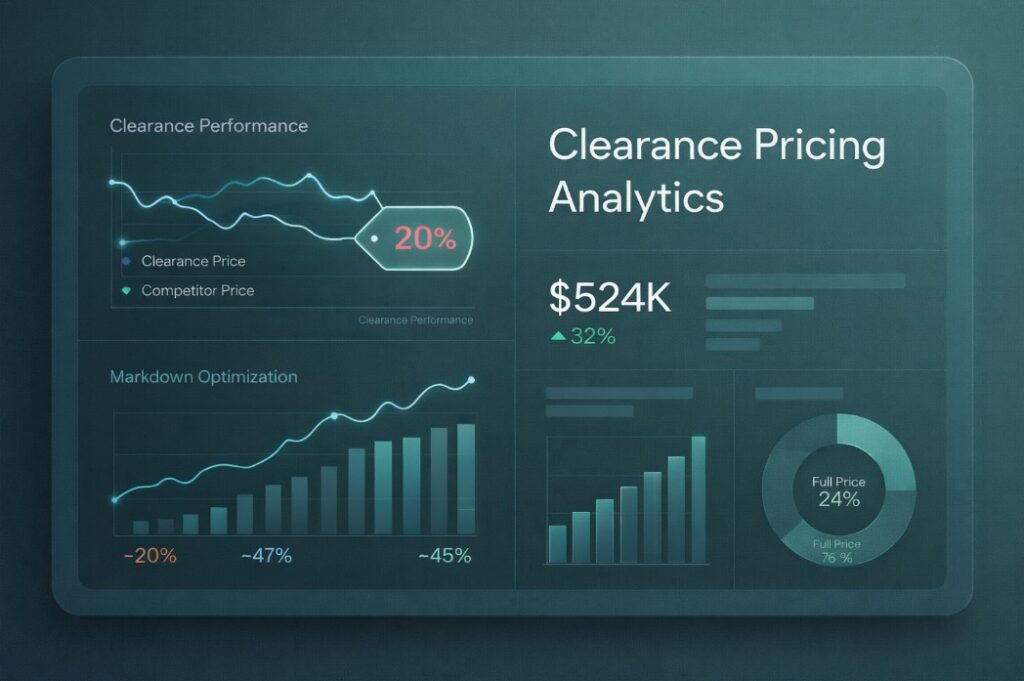
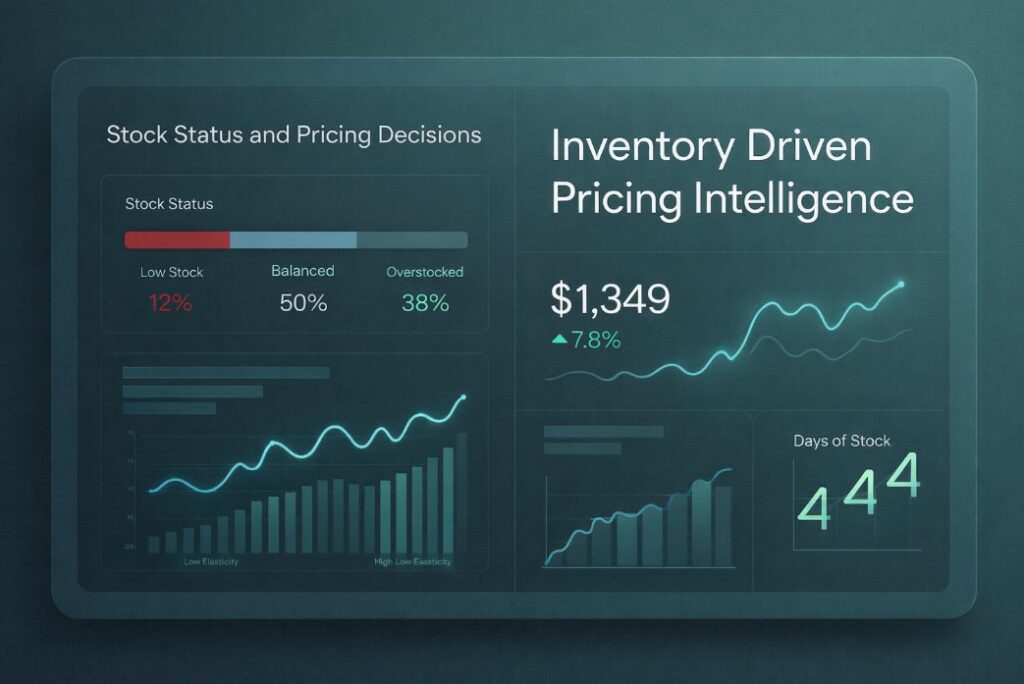
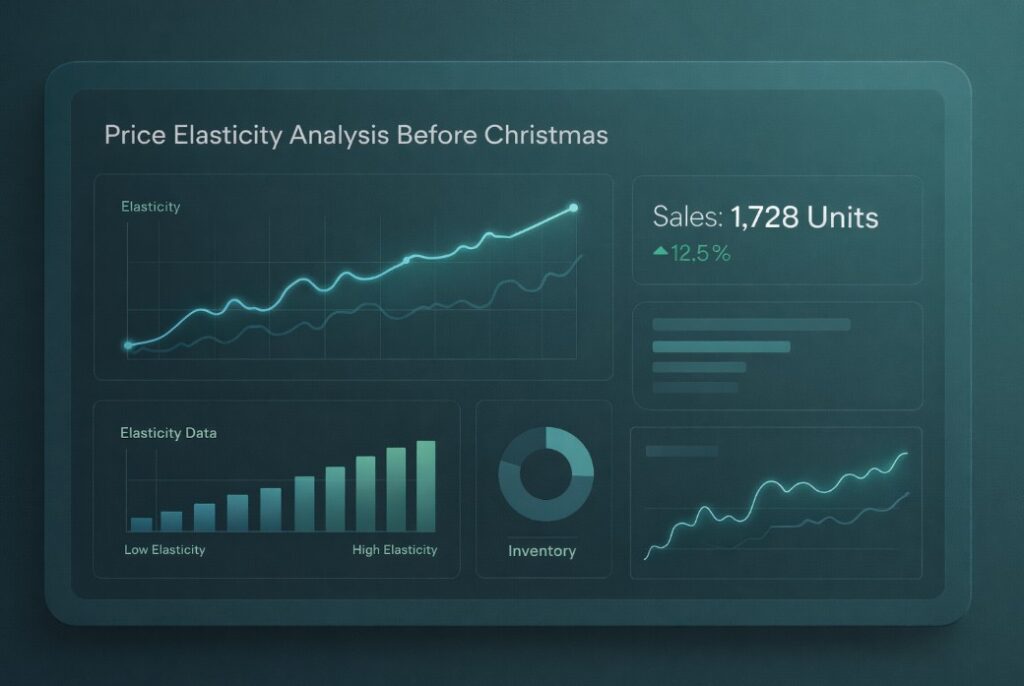
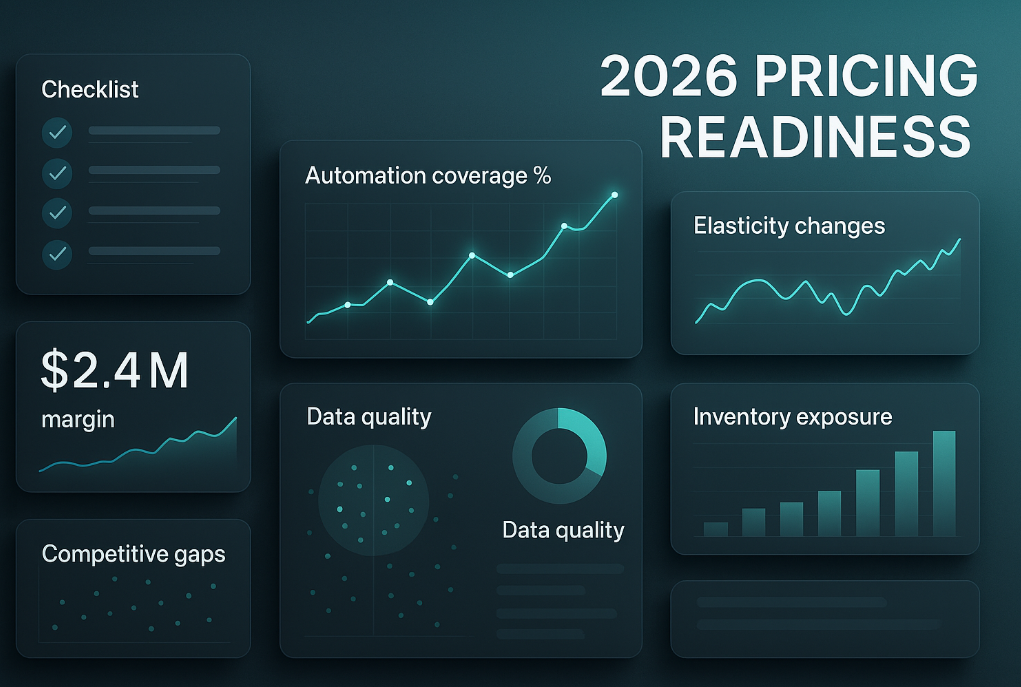
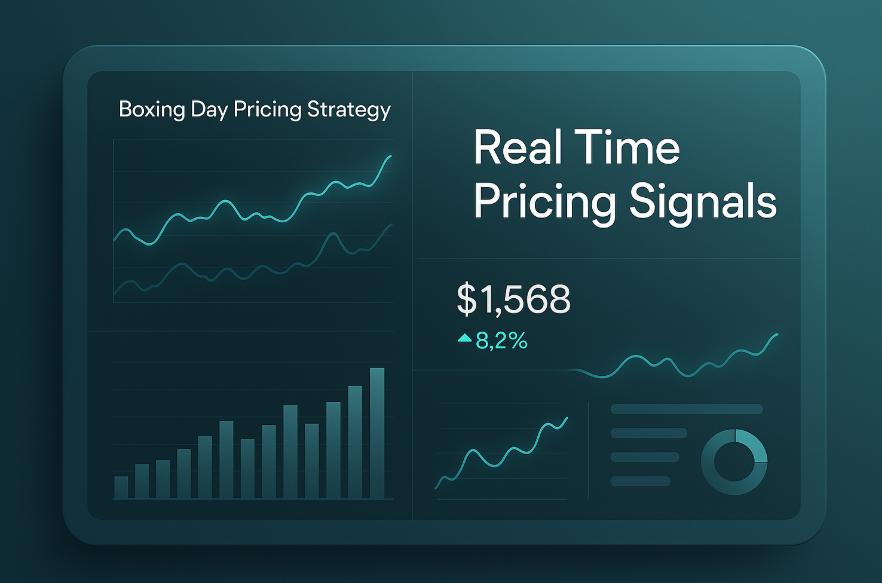
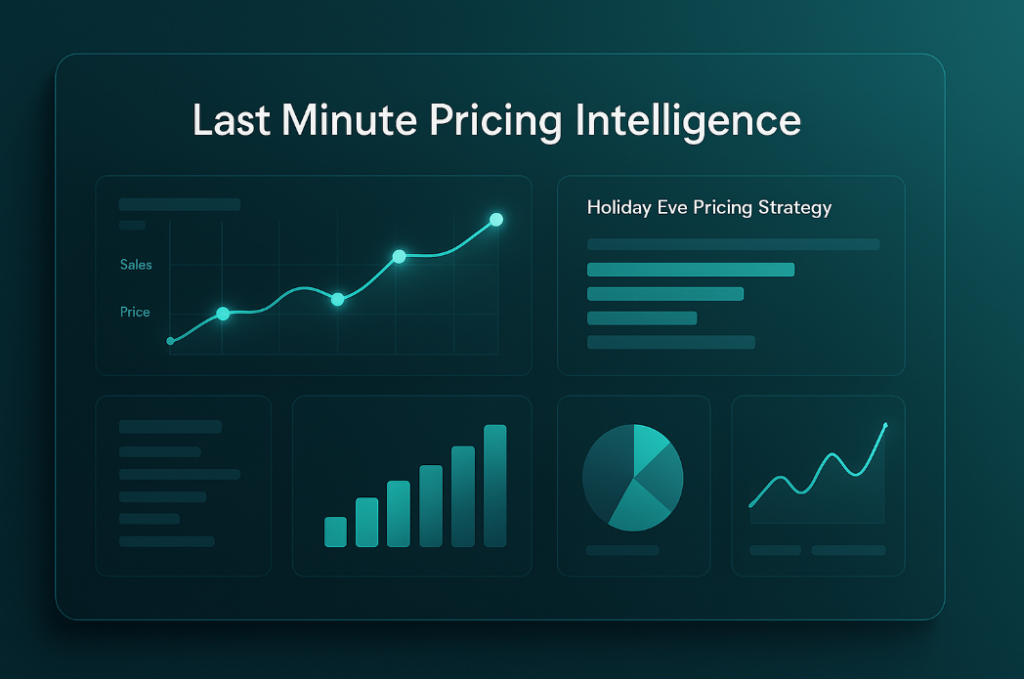







Missing an important marketplace?
Send us your request to add it!